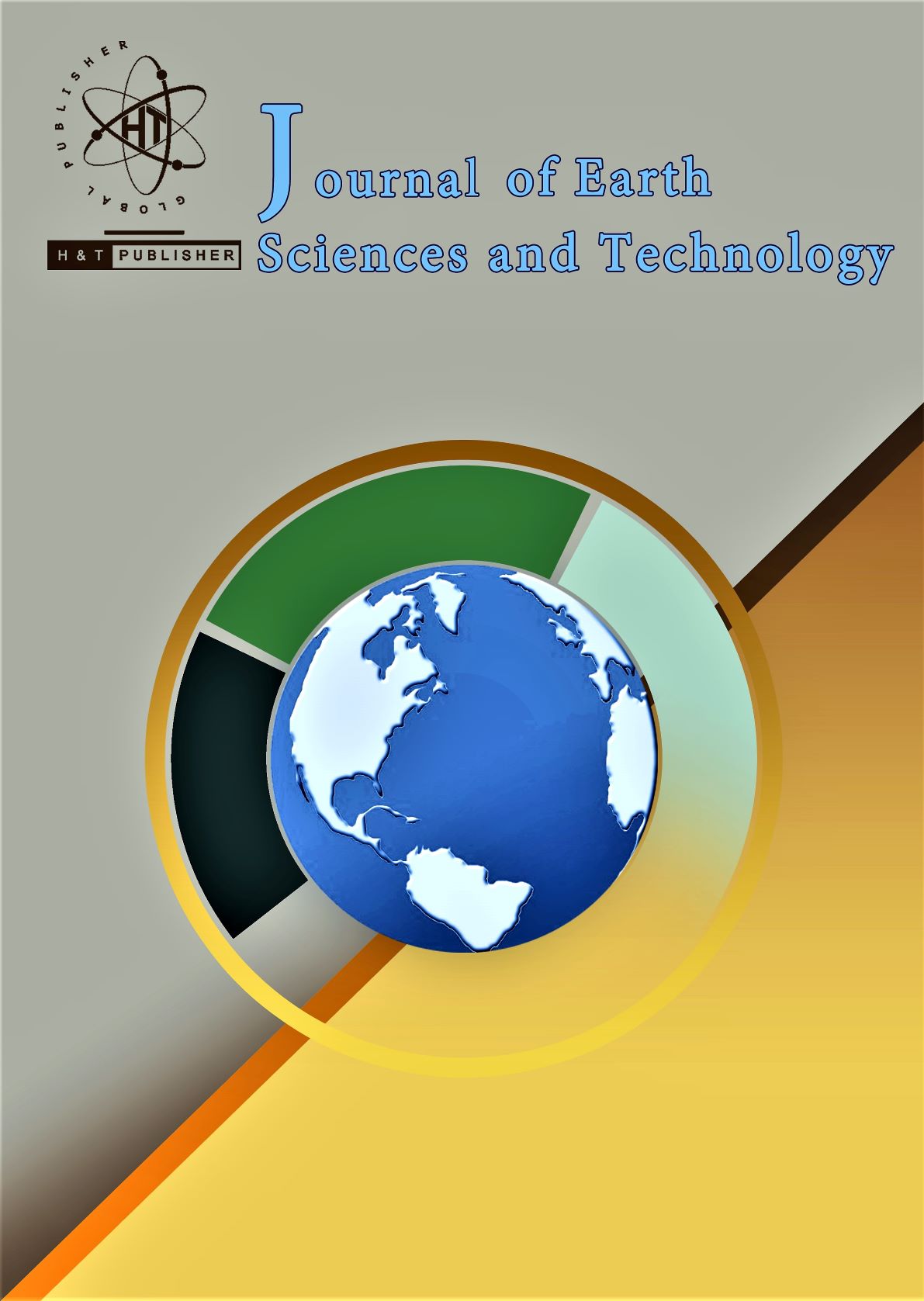


Carbon dioxide, CO2 sequestration is a feasible solution to reduce the amount of CO2 in the Earth’s atmosphere. However, constant monitoring of the CO2 effect after the injection is important to ensure safe and prolonged storage of the CO2 in the geological site. This study is about the feasibility study of CO2 sequestration in a depleted carbonate reservoir in Central Luconia, Sarawak, Malaysia using rock physics and seismic forward modeling. Two well log datasets from Central Luconia are used in this study. Hampson-Russell Software and Microsoft Excel are utilized to obtain the results. In this paper, Gassmann Fluid Substitution Model is used to study the elastic properties change in the depleted carbonate reservoir due to the injection of CO2. 1D seismic forward modeling is generated from the P-wave velocity, S-wave velocity and density acquired for the different case scenarios to study the effect of CO2 towards the seismic response. Post-Stack and Pre-Stack seismic attributes are generated to determine the most sensitive seismic attributes for identifying CO2 injection effects through qualitative and quantitative analysis. Elastic properties such as P-Impedance, Vp/Vs ratio, Lambda-Rho, Mu-Rho, SQp and SQs are calculated. A number of elastic properties cross plots are generated to select the best elastic properties for CO2 monitoring. Based on the findings, the feasibility study of CO2 sequestration in Central Luconia depleted carbonate reservoir using rock physics and seismic forward modeling is proven to be viable.